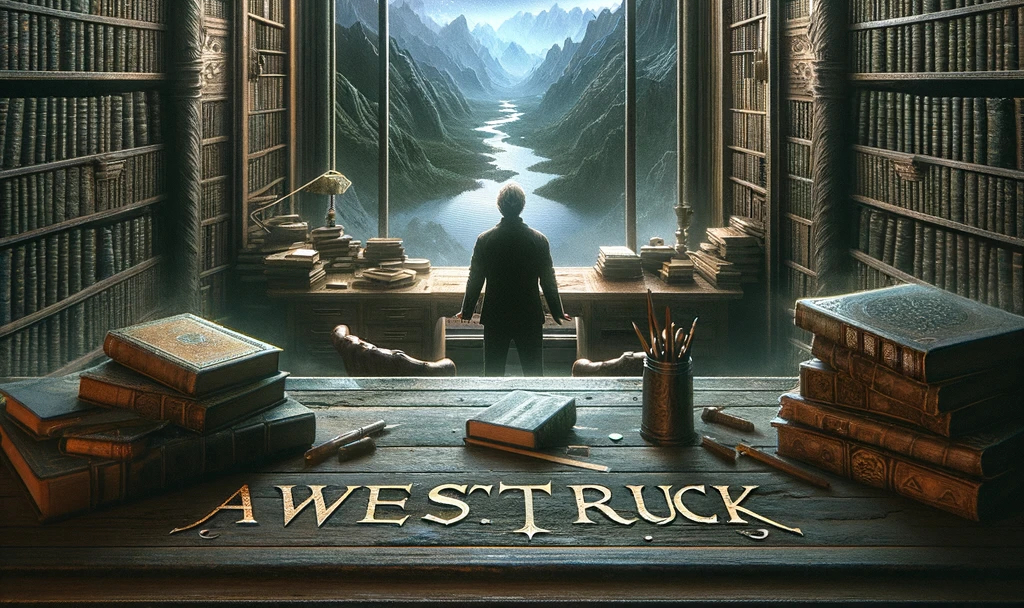The quality of mercy is not strained. It droppeth as the gentle rain from heaven upon the place beneath. It is twice blest: it blesseth him that gives and him that takes. William Shakespeare
Atop the human body is the head. Here we inhale and exhale, consume food, see, hear, smell, and taste the world around us, and experience consciousness as provided by the brain. For whatever reason, all of this takes place at the highest point in the body.
Atop the pyramids is what is known as the pyramidion – the capstone. Typically it is a different color and stone than the rest of the pyramid and often contains the name of the owner of the pyramid etched into it. Many pyramidion of the ancient pyramids are now missing, lost to treasure hunters who valued their uniqueness.
Atop the Washington Monument is a small pyramid itself, with a capstone comprised of 100oz of aluminum and with the words laus Deo – or Praise be to God – etched therein.
Atop the Christmas tree every year are various objects of central importance to families – an angel or a star or some sort of prominent decoration that crowns the tree in symbolic fashion.
The highest point of a human or object or story is often set apart from the rest. It is the location that represents the climax of everything that led up to it or that comes afterward.
Today, we will examine the top, the crown, the climax of the nine beatitudes that Jesus shares with us at the beginning of his Sermon on the Mount. It is the fifth beatitude, and the apex of the chiasm formed by all nine of the statements Jesus made beginning with “blessed.”
And it deserves special treatment – because it is the climax of message of God to us, not just in the beatitudes, but in all of Scripture.
That beatitude is…the subject of today’s podcast.
Source Scripture
Connect
Twitter: @AwestruckPod
Email: info@awestruckpodcast.com
Extras
But the man who is not afraid to admit everything that he sees to be wrong with himself, and yet recognizes that he may be the object of God’s love precisely because of his shortcomings, can begin to be sincere. His sincerity is based on confidence, not in his own illusions about himself, but in the endless, unfailing mercy of God. Thomas Merton
The Ark of the Covenant. It is the subject of much of the Old Testament Scriptures. It is the central object of desire for Indiana Jones and Adolph Hitler in the Raiders of the Lost Ark. It is the ultimate boon for many treasure hunters who still seek it.
The Old Testament Scriptures tell us that God spoke to Moses from between the two cherubim – or angels – that rose above the lid of the ark. Inside the ark were the two tablets of stone on which God etched the Ten Commandments with his finger. The ark was so holy it was never to be touched, but instead covered with cloth and carried with staves that allowed the men moving it to maintain adequate distance.
The Ark made its way from its birth at Mount Sinai through 40 years of wandering in the desert, and then to the Jordan River where it split the waters and allowed the Israelites to cross into the Promised Land on dry ground.
It eventually made its way to its final home – the Jewish temple built by King Solomon in Jerusalem. It was placed in a room of the temple called the Holy of Holies, where only the great high priest could enter once per year on Yom Kippur, the Day of Atonement, to seek forgiveness for the people of Israel.
The Ark of the Covenant, the most holy object of all time, resting in the Holy of Holies, had itself a most holy place – the lid atop it that covered the Ten Commandments. The place where the great high priest would sprinkle the blood of sacrifice once per year.
It is here, between the two angels atop the lid, that God said his presence permeated this world from the heavens beyond. And this lid was known as the mercy seat.
Of all of the ways that God could choose to present himself and make himself known. It was not through the tablets of law that were hidden inside the ark, which represented the requirements of the people to remain in good favor with God. It was not through the magnificent structure of the temple that encased it. It was not through the gleaming gold that covered every inch of it. It was not through the blood sacrifices that occurred just feet way outside in the inner court of the temple and got most of the attention.
No, the portal between heaven and earth where the divine God of the Universe presented himself to mankind was on the mercy seat.
Mercy. This is God’s posture toward us. This is his intent with us. And this – this unfathomable mercy of God – is the subject of today’s episode.
Source Scripture
Party Time: Matthew 9:9-13; Mark 2:13-17; Luke 5:27-32
Connect
Twitter: @AwestruckPod
Email: info@awestruckpodcast.com
Extras

